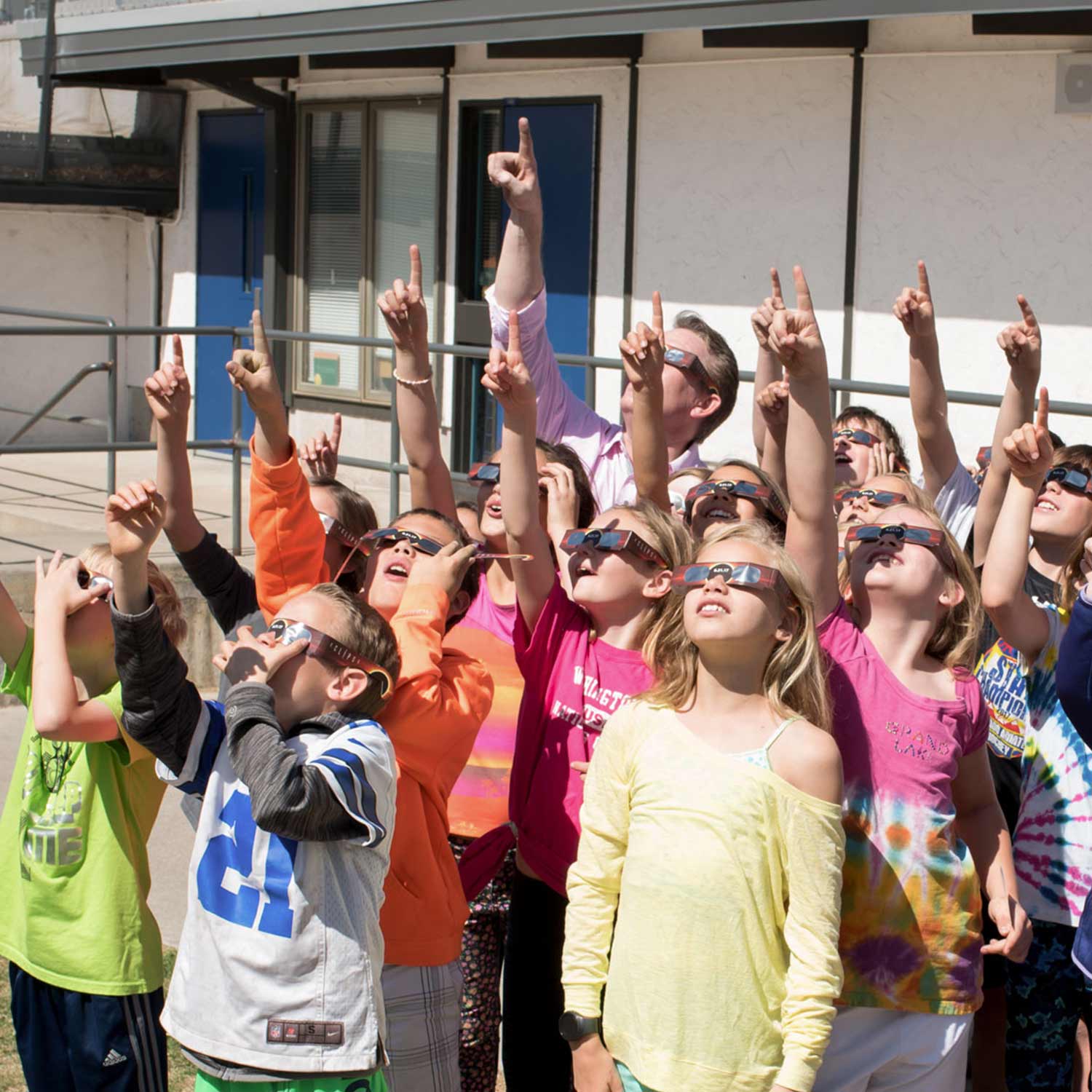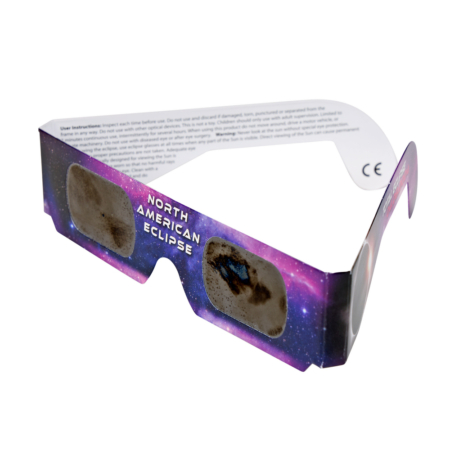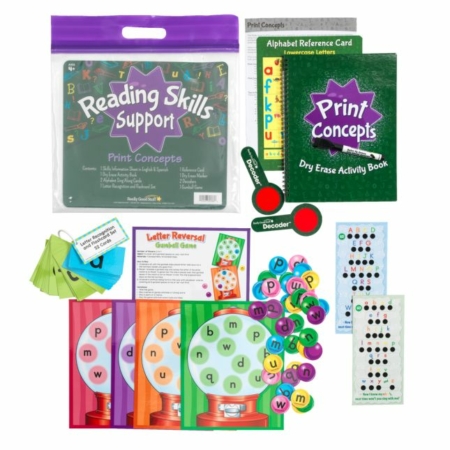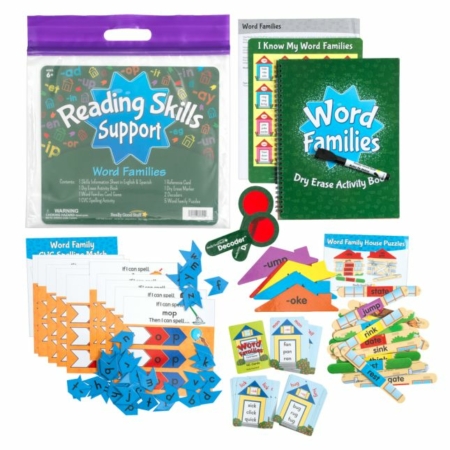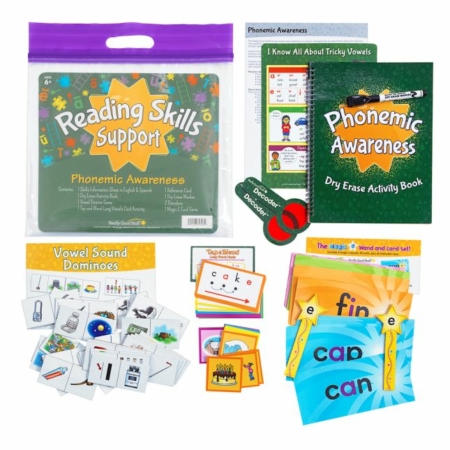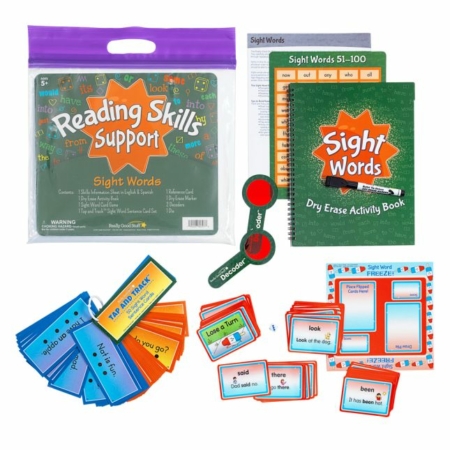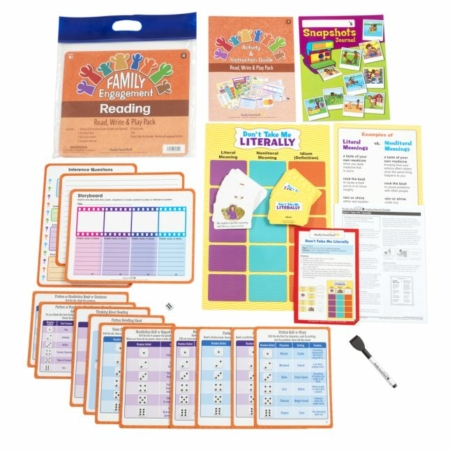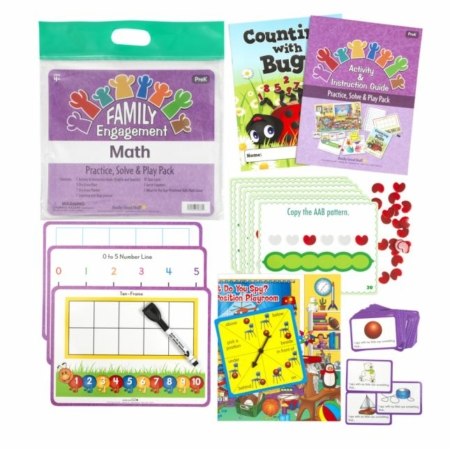Science Fair Survival Guide for Parents
So, your child has been assigned the task of coming up with a science fair project… now what do you do? Everyone is looking for quick and easy experiments for their children, but how do you know which science projects are best. How do you tell the difference between a clever science activity and a real science project? Steve Spangler and teachers from the Hands-on Science Institute share some simple ways you can turn an ordinary science activity into a science project filled with wonder, discovery and exploration.
Here are some tips to help parents make the most of this science fair season…
Use Common Materials
Children, especially younger ones, learn science best and understand scientific ideas better if they can experiment and explore ideas and concepts that are common place in their world. For example, if your child loves to play with bubbles, design a science project where you experiment mixing different amount of water, dish soap and glycerin to come up with the best bubble solution. The key is to make sure there is only one variable in the test – keep the amount of water and dish soap the same, but change the amount of glycerin used in each test batch. The goal is not to let the materials distract from the actual process of experimenting and gathering data.
Demonstrations vs. Experiments
The first key to engaging students in doing real science is to understand the difference between a science demonstration and a hands-on science experiment. Demonstrations are usually performed by the teacher and are typically used to illustrate a science concept. Science experiments, on the other hand, give participants the opportunity to pose their own “what if…?” questions, which inevitably lead to controlling a variable – changing some aspect of the procedure or the materials used to perform the experiment.
Use Online Resources as Research
There’s nothing wrong with using online resources like www.SteveSpanglerScience.com as a way for you and your child to preview some clever, eye-catching science activities. With the growing popularity and accessibility of online videos, it’s easy to introduce your child to some great topics that might otherwise been passed over. The key is not to just copy or duplicate the activity. Remember, most so-called science experiments are really science activities (follow the recipe and something happens). Instead, you want to use the activity to spark a new idea or to test out a way to change the “standard” activity in an effort to ask new questions and make a new discovery.
Keep it Simple
Unless you’re entering the Science Fair World Final Competition for Geniuses, it’s probably best to keep the science project simple. Instead of trying to solve the world’s problem, focus on a project that allows your child engage in the basic elements of the scientific method – to ask questions, formulate a hypothesis, conduct an experiment, gather data, compare and analyze the data and to share the discovery.
Discovery vs. Conclusion
Teachers who have used the same science fair evaluation form for the last 30 years might not use the term “discovery” as much as we would like. Discoveries are very difference from conclusions, and it’s important to teach your child the difference. For example, I discovered that dropping Mentos mints into soda creates an eruption. That’s a discovery – not a conclusion – and this discovery leads me to ask more questions. How many Mentos do you need to make a soda geyser shoot up 20 feet? To answer this question, I have to set-up a series of experiments where I test what happens when I drop different numbers of Mentos into soda. In this case, the number of Mentos used in each experiment is the only thing that changes – it’s the variable – while everything else stays the same. Each test result leads me to make a new discovery – the test using four Mentos make a ten foot geyser while five Mentos created a fifteen foot geyser. Discoveries are just that… an observation with no right or wrong answer. Only after you’ve made a number of discoveries can you formulate a conclusion. In the case of the Mentos experiment, you discovered that there was a relationship between the number of Mentos you used and the height of the geyser. So, it’s fair to make this conclusion… A soda geyser using ten Mentos will shoot up higher than a geyser using only two Mentos mints.
Enthusiasm is Contagious
If you are excited about your child’s science fair project, they will be excited too! Use this opportunity to teach your child the importance of building life long learning skills. Conducting science experiments and teaching process skills take time, and the unfortunate truth is that teachers may not have the necessary time in class to allow the children to explore on their own. That’s why it’s so important for you as the parent to take the time to create a meaningful learning experience and to rekindle your child’s natural sense of wonder.



